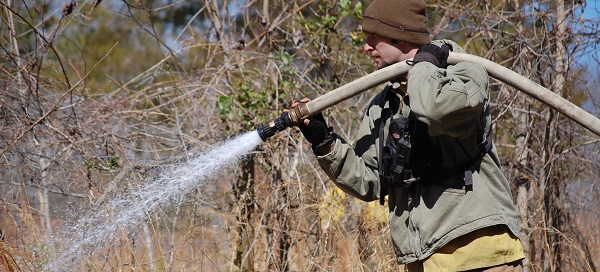In November, TLC’s Horton Grove Nature Preserve hosted a photography and documentary workshop with participants…

On Thursday, January 22, 2015, TLC will be conducting prescribed burns on our Horton Grove Nature Preserve to protect its unique warm season grassland ecosystem and promote oak regeneration in parts of the hardwood forest. TLC will conduct a separate burn at Horton Grove on another date in order to prepare a Pine Savanna for additional tree planting. Do you have questions? Great! Check out our Q&A below to learn more about prescribed burns in the Triangle.
Q1: Why does TLC need to conduct prescribed burns?
A: Fire is a naturally occurring phenomenon, and without fire, trees would overrun certain ecosystems including Piedmont prairies as well as the warm season grassland and Pine Savanna at Horton Grove. Also, without natural disturbances like fire, hardwood forest composition changes over time from fire adaptable species like oaks and hickories to more shade-tolerant species like maples and tulip poplar. The prescribed burns are designed to promote warm season grasses, prepare a section of the Pine Savanna for planting, and maintain greater biodiversity within the preserve. The tree planting will be carried out in partnership with Project Build, a program of the Durham County Cooperative Extension working with at-risk youth.
Q2: Is smoke pollution a problem?
A: There will be some smoke, but only while the fires are burning. Prescribed burning is only conducted on days when the wind direction will move the smoke away from smoke sensitive areas, which include things like schools, homes, and busy roads, among others. Additionally, the burn staff starts and manages only low-intensity fires, thus reducing the amount of smoke created. The new plant growth following a burn further cleans the air.
Q3: How do you keep the fire from escaping?
A: TLC staff and the paid contractors have been both extensively trained and have participated in a long planning process for each burn. Burns can only be conducted in ideal weather conditions, and only using low-intensity fires. Burns use existing firebreaks, such as streams and roads, and construct firebreaks by clearing vegetation before the start of the burn. Volunteers and staff patrol the firebreaks to ensure the fire does not escape. A pickup truck with a water tank and pump is also onsite. The local fire department and NC Forest Service are contacted prior to every burn.
Q4: What species can I look for after the prescribed burns?
A: Beautiful wildflowers such as goldenrod, black-eyed Susans, Carolina doll’s daisies, and woodland sunflowers could all grow on the burned area. Bird species that will and do use the site include the American woodcock, grasshopper sparrow, loggerhead shrikes, northern bobwhites, eastern meadowlarks, and savannah sparrows.
Q5: Can I be involved?
A: Prescribed burns often include volunteers. For more information, check out our volunteer page here.
Q6: Will Horton Grove Nature Preserve be closed to the public during the burns?
A: Horton Grove Nature Preserve will remain open to the public on the burn days. On Thursday, January 22, the Hart Trail, Justice Loop, Peaks Loop and Walker Trail will all be closed to the public. The Holman Loop, Jordan Trail, and Sowell Trail will remain open to the public all day. All trails will be open again starting on Friday, January 23 (Click here for a map of the trails at Horton Grove). A second burn day will be scheduled for the Pine Savanna area and trail closings associated with that day will be posted on our website and on our Facebook page. Anyone visiting Horton Grove on a burn day is asked to obey these closures and all signage posted at the preserve.
Q7: Who can I contact for more information?
A: Walt Tysinger, Senior Land Manager: 919-428-3859 OR Matt Rutledge, Associate Manager of Stewardship: 864-201-9632
Learn more about how TLC restores and manages natural habitats through stewardship activities like prescribed burns by watching this short video.

.png)